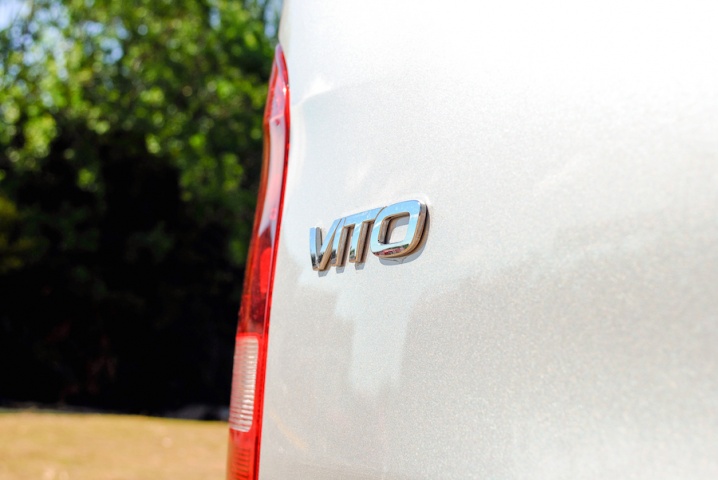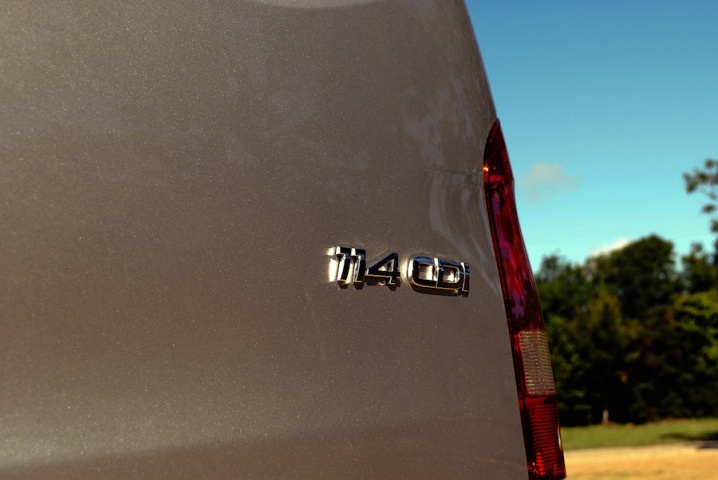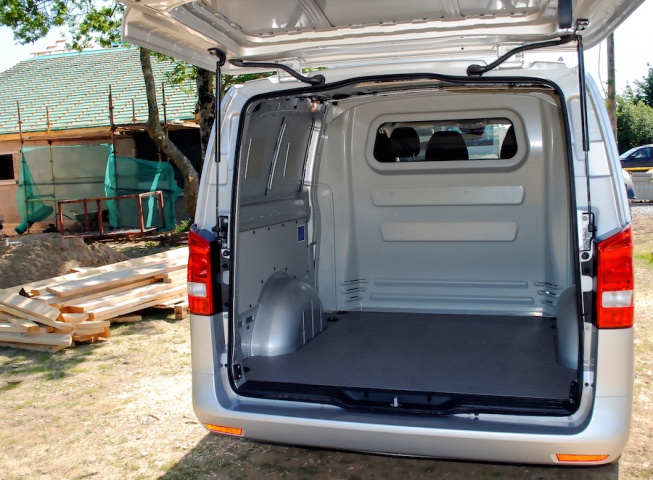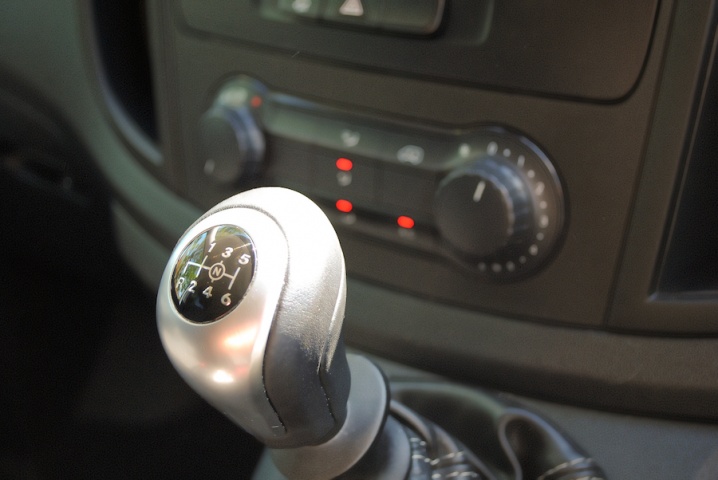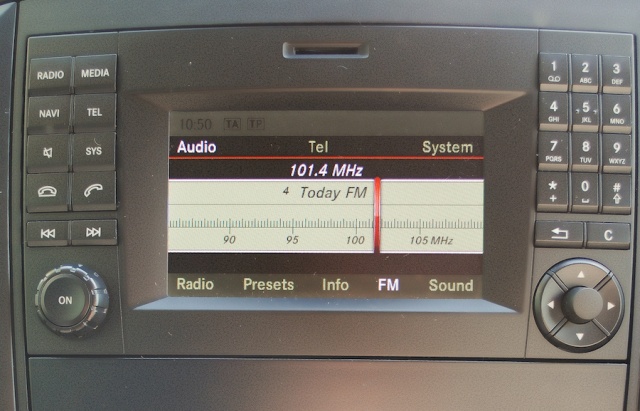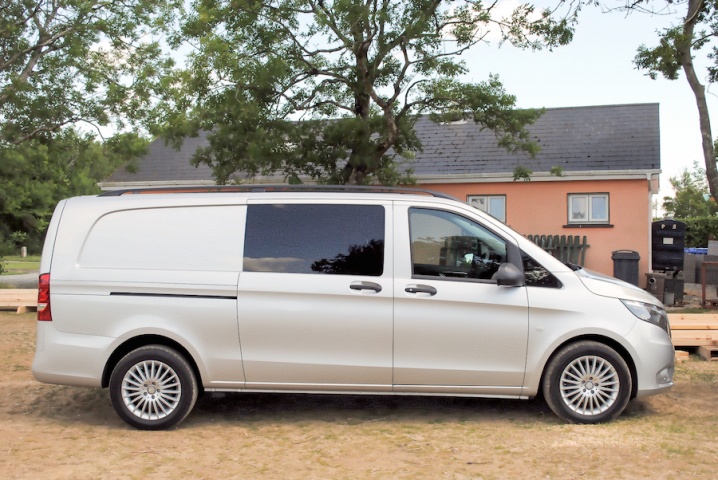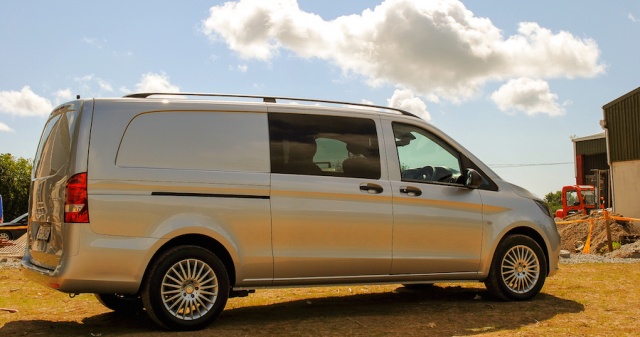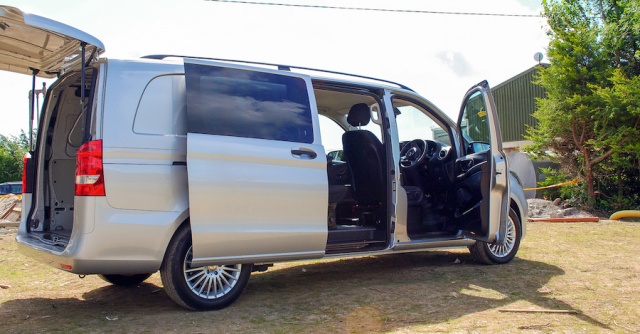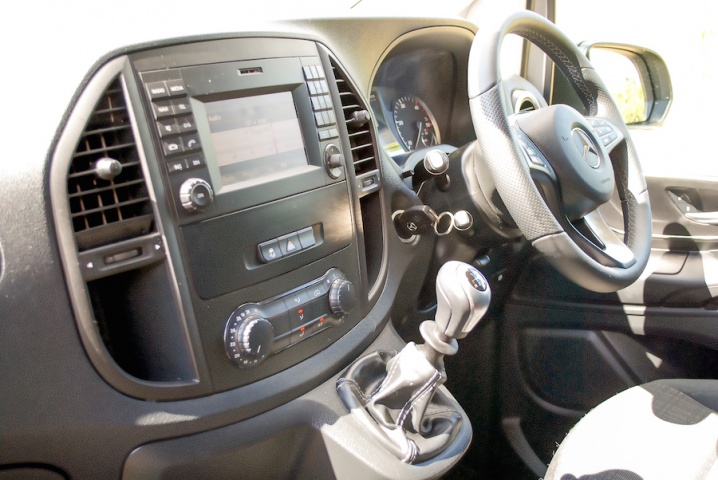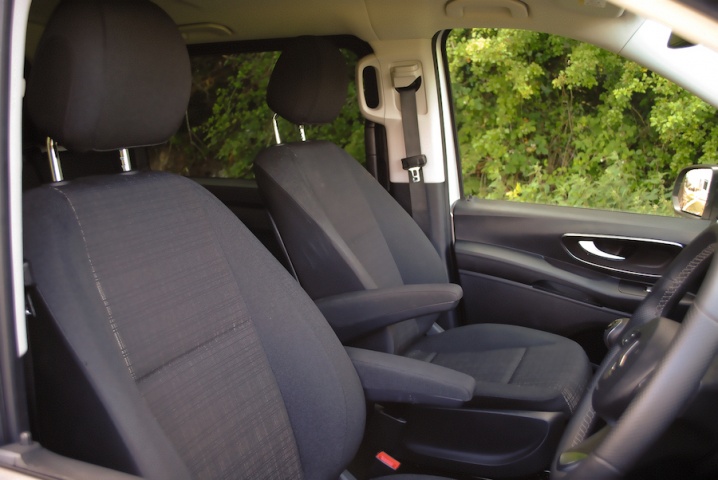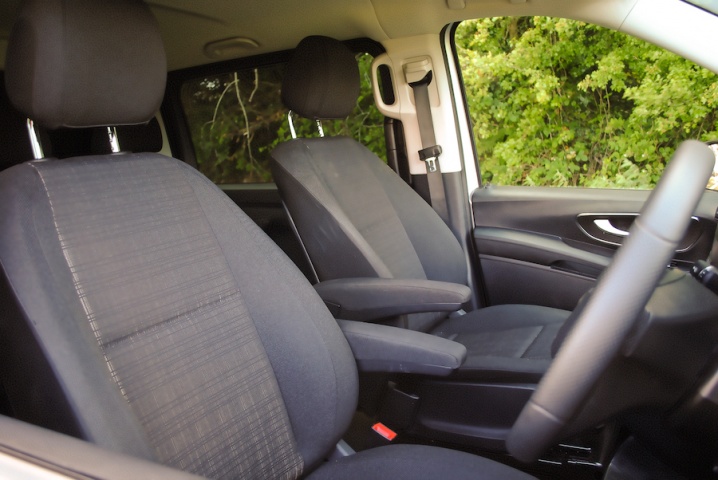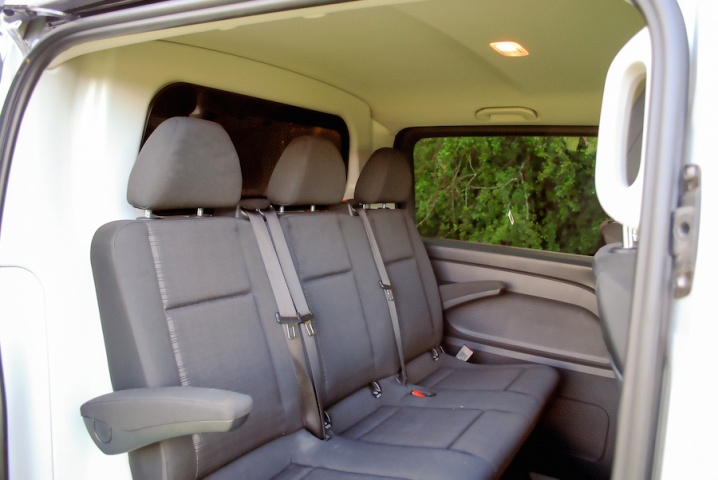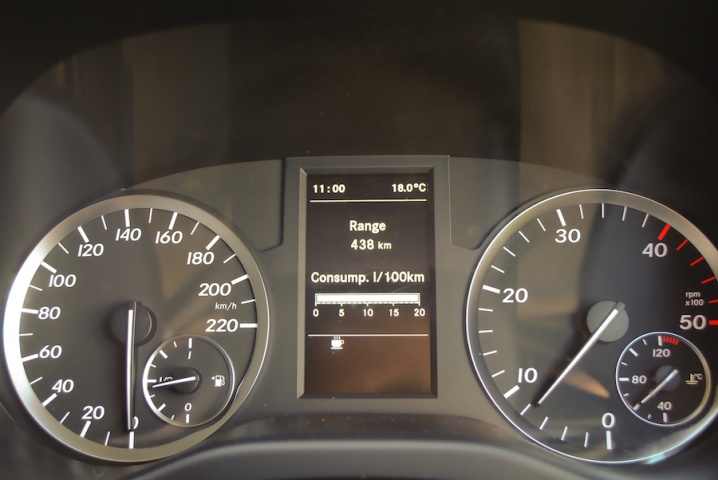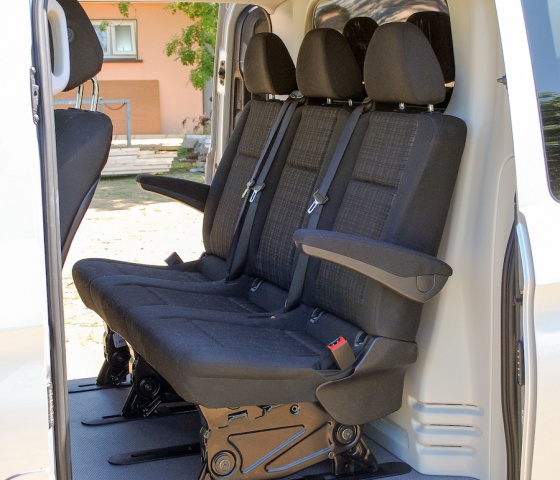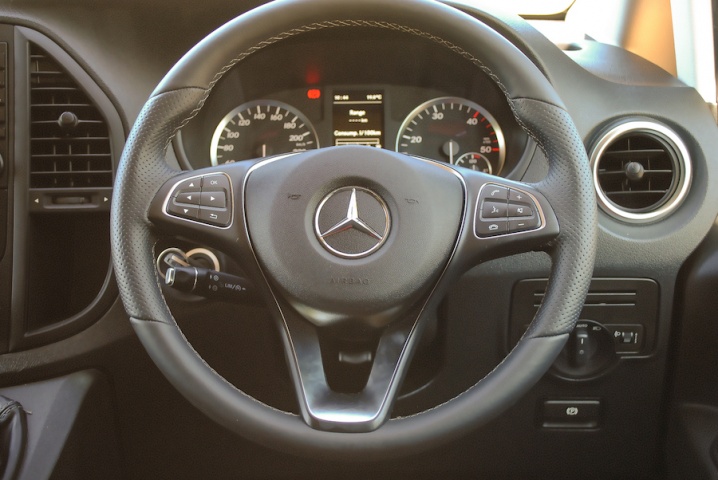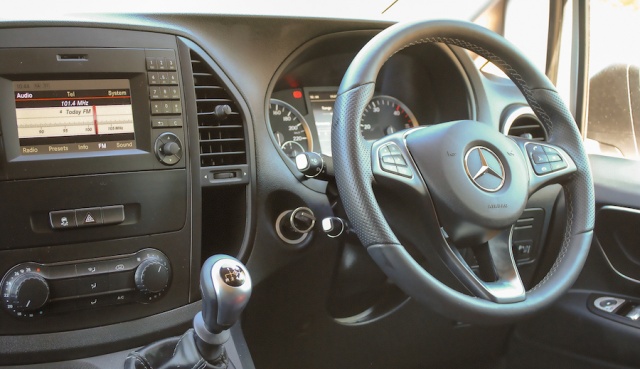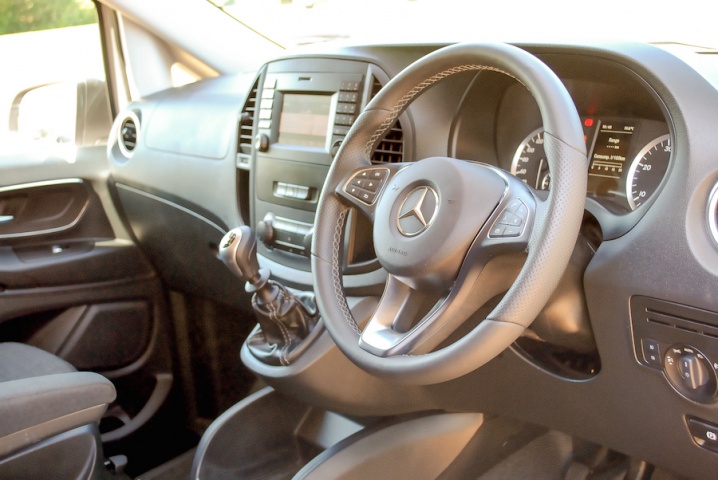Good: better looking, high quality, better value than before, spacious
Not so good: no high roof option, 1.6-litre engine is noisy, storage space in cabin poor
Commercial vehicles are not really our thing here at CompleteCar.ie (the clue is in the name). Save for maybe borrowing one when moving house we rarely have need to cross their paths, but with an upsurge in the economy seeing more Light Commercial Vehicles (or vans to you and I) being sold it is an area we cannot ignore.
The Vito has always been something of a problem child for Mercedes-Benz. Its pure existence does allow it to produce the V-Class passenger version, but fleet buyers are as likely to buy the larger Sprinter as the mid-size Vito. Much of this has previously been attributed to the fact that the Vito, with rear-wheel drive and a 2.1-litre CDI diesel engine was not really positioned for Irish buyers who instead flocked towards the Volkswagen Transporter and Renault Trafic.
Mercedes appear to have cottoned on to this and in this latest generation of the Vito finally introduces a front-wheel drive version with power provided by the same 1.6-litre unit as the Renault. Two wheelbases and three lengths are also available with the Mixto crew-cab and nine-seat Tourer minibus offered alongside the regular Vito panel van that will make up the bulk of sales.
Two front-wheel drive versions are offered - the 90hp 109 CDI and the 114hp 111 CDI - with three rear-wheel drive versions: the 136hp 114 CDI driven here, the 165hp 116 CDI and the range topping 190hp 119 BlueTec version - powered by the first Euro 6 engine in its class according to Mercedes.
So, with the 1.6-litre panel van likely to be the biggest seller it makes perfect sense for us to test the 2.1-litre Mixto crew cab... No really it does - proposed new tax changes for crew-cab pick-ups could (and possibly should) see buyers flocking to crew-cab vans. With space for up to six occupants (five as standard with a three-seat front bench available from the options list), the Mixto is the ideal way to move a building crew or similar between jobs. Based on the long-wheelbase Vito, the Mixto retains a large load space, with a quoted volume of up to 4.1 cubic metres or 4,100 litres - a sizeable load whatever way you cut it. In fact, the nine-seat Tourer minibus manages to retain a 970-litre 'boot' even when transporting half a football team. Obviously all variants are dwarfed by the panel van that offers up to 6.9 cubic metres (6,900 litres) of cargo volume, an amount that Mercedes claims is class leading. Bizarrely though Merc does not offer a high-roof option for those who require even more space or regularly transport taller goods - for that you need the Sprinter.
Devoid of a shed full of industrial power tools or a pallet or two of equipment we did the next best thing; loaded it with camping equipment and headed away for the weekend. Such was the Mixto's ability to swallow all the luggage whole that on the return it was used to transport some of our acquaintances' equipment home too.
Sharing its basic layout with the V-Class the cabin of the Vito is surprisingly passenger vehicle like. The dashboard is most definitely commercial, constructed of hard wearing, no frills plastics and without some of the nicer touches you would find in a Mercedes-Benz car, but the addition of some of the switchgear from the passenger model range does lift it. The foot operated parking brake will be instantly recognisable to those accustomed to older Mercedes cars, but anyone swapping over from a Transit Custom or similar will find it odd at first and may not get used to it at all, nor Merc's insistence at putting signal and wiper controls on the same stalk. The biggest bugbear with the interior however is the archaic infotainment system and the strange lack of useful cubby holes - the ones around the infotainment system are too small for modern smartphones and the dash top one has no way of securing paperwork and the like that would commonly be stored there.
The reason why some buyers will persist with the rear-wheel drive Vito is the fact that it has a higher payload capacity; the 2.1-litre engine can deal with loads of up to 1,369kg as compared to the 1.6-litre, front-wheel drive's 1,289kg limit. Ultimately the decision between the two configurations will come down to day-to-day use. The smaller capacity unit will likely excel around town where its lower power output can be countered by better fuel economy. Anecdotally there have been some complaints that the Renault sourced engine is noisier than one would expect of a vehicle that carries the Mercedes badge and the price tag that goes with it. In our experience the bi-turbo 2.1-litre unit, closely related to the one found across the Mercedes passenger range, is quiet yet muscular enough to haul whatever you throw at it and may prove to be the choice for those who rack up the miles laden with equipment.
With prices starting from €18,650 (ex taxes & delivery related charges) the new 1.6-litre engine allows the Vito to handily undercut rivals like the Volkswagen Transporter. The gap between the Mixto and the likes of the Ford Transit Custom Double Cab in Van looks vast at the outset with the Merc tipping the scales at €37,790 and the Ford starting at €30,150, but by the time you spec the Transit up to comparable levels there is really little to pick between the two - not something one would expect to say of Ford and Mercedes-Benz products.
Alternatives
Ford Transit Custom: the Custom may be Ford's first venture into this segment, but the Transit name holds a lot of sway. High roof option offered, which the Merc cannot compete with.
Renault Trafic: uses the same 1.6-litre engine as the Vito and is one of the top sellers in this segment.
Volkswagen Transporter: the nearest van in terms of interior fit and finish but no direct rival for the crew-cab Mixto model.




